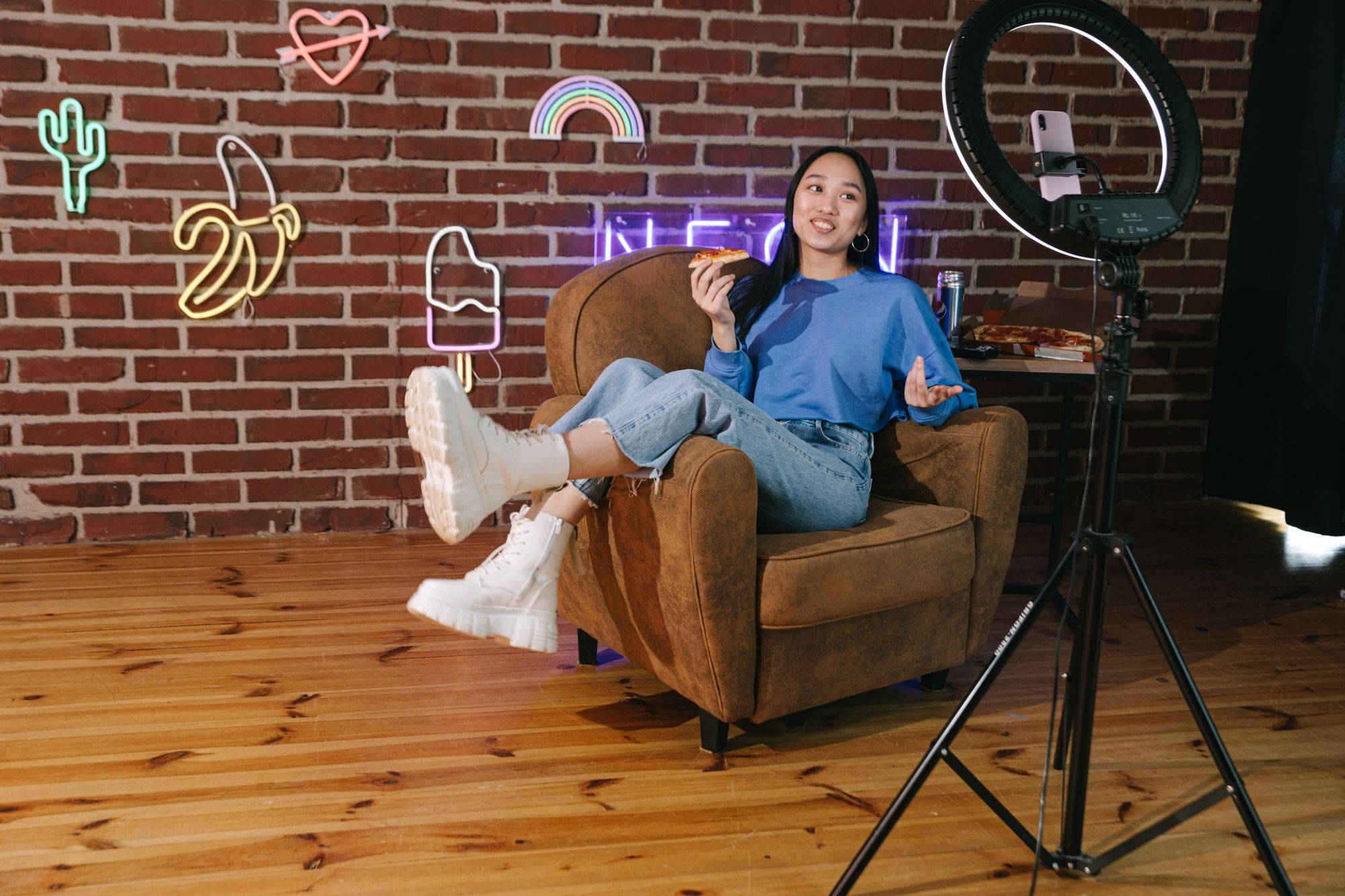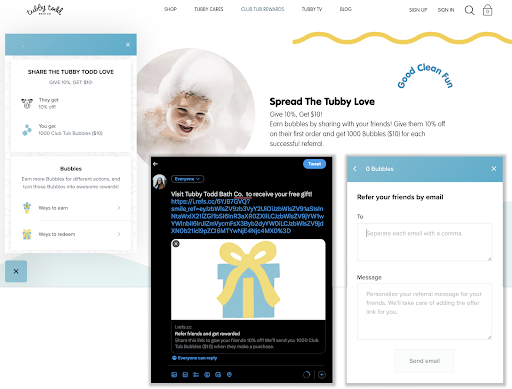Referrals are happening everywhere all the time. Whether it’s asking a friend for a recommendation or using a referral code from your favorite micro-influencer, referrals happen even when we don’t think about it. Some of our favorite products that we buy come from being referred to us by friends or family, but why do we do that? Turns out there is a psychological explanation for the effectiveness of a referral program, and even a few tricks you can use to bolster your own.
Here are the three driving psychological principles behind a referral program.
1. Social proof shows new customers that they can trust you
There is a reason why certain things trend in culture today. Whether it's an old popular song trending on TikTok or a fashion trend making its way back to closets (hello cargo pants), the reason is people will always go back to things that have already been done before. Humans are creatures of habit and prefer to do things that have already been done before. The more something has been done by others, the more we want to do that ourselves.
A referral program helps you create social proof for future customers in two ways:
- The more they see people referring your store to others, the more familiar your brand and products become. If they think a large group of people already love and buy from you, they are likely to do it themselves. This is why something rises in popularity and trends.
- If those referrals are coming from those that are already in their social groups (friends, family, co-workers) the power of social proof becomes even stronger. We all want to be included in a group, especially if that group is close to us.

2. The more trustworthy a person sharing is, the stronger the referral
The key to a good referral is trust and authenticity. The more trustworthy a person is in sharing the referral, the more trust you will place in the brand, especially as a first-time customer. It’s estimated that “92% of consumers around the world say they trust recommendations from friends and family, above all other forms of advertising.” Your circle of influence is the strongest form of community you can build (and have).
If someone is perceived to be more knowledgeable about any topic or subject than us, we are more likely to take their advice. This goes for brand recommendations, too!
This also applies to the reason behind why micro-influencers are more influential than mega-influencers with more than 1 million followers. A higher follower count doesn’t necessarily mean a higher amount of influence. According to Built In, “A micro-influencer has a social media presence larger than a normal person’s but smaller than a celebrity’s, landing between 1,000 and 100,000 followers.” Micro-influencers are becoming more influential in providing recommendations and referrals to their community and are often seen as unbiased, even if it’s a paid partnership they are promoting.

How can ecommerce brands start with micro-influencers? Identify your strongest customers that have left reviews. Who are the people that engage with your brand already? Find your best customers and build a community with them. When your best customers are sharing your store, their circle of friends and family will trust it.
3. Reciprocity creates a two-way exchange of value
A referral program has to be rewarding to both the person making a referral and the person receiving a referral. A referral program that rewards the sender of the referral is truly a win-win for you and your customers–they bring you a new customer (win for you), and you reward them with value at your store (win for them). This is known as the reciprocity principle.
When asked, many customers are willing to share your business with others. The problem is that very few actually do, and that’s simply because they are not given a reason too. Offering a reward for a referral is the best way to encourage action.
You can make customers more likely to refer your brand by offering both the sender and the receiver of the referral a reward. If a friend tells you to check out a store, you might. If a friend tells you about an amazing new shoe store and they give you 20% off, now you are really interested!

Psychological tips to supercharge your referral program
Everything we’ve talked about up to this point explains how a referral program works from a psychological perspective. The tips below will help you use the way people think to get even more out of your referral program.
Encourage Public Commitment from Customers
Have you ever obsessed over a certain place and had to tell your friends about it? Maybe it was an amazing restaurant or store? After you told them to go, did you notice that your attachment to that place became higher? Maybe they got your order wrong but you were more understanding. This behavior is because of the consistency principle.
You can easily make the consistency principle work in your favor with a referral program. Most referral tools allow you to craft a default share message for your customers to use. When crafting this message, be sure to use statements that create a public commitment. Words like “my” and “I” are key to this commitment. Check out how to craft the best referral message with Smile.
Here are a few phrases you can try in that message:
- I love the products at [your store].
- Follow my referral link to get 20% off at [your store].
Encourage public commitment from your customers to not only get more referrals but also to get those that refer to be more loyal to your store and brand.

Create a branded referral message
Familiarity breeds affection. Be sure to include your logo and name in any social referral messages that are sent by your customers

Even if people are not clicking the links, they are still getting exposed to your brand.
It’s estimated that there are an average of 4.48 billion people on a social media platform. Brand referrals on social media platforms still work. If you put your logo and brand messaging into each social referral shared, you are getting significant and inexpensive brand impressions. Not only that, but you can turn your existing customer base into powerful marketers by building brand awareness for you.
Give a reward to the person being referred
It’s estimated that referred customers have a 37% higher retention rate compared to other customers gained through other marketing channels. A very powerful force to motivate someone’s behavior is to show them what’s in it for them.
People are willing to refer friends when they are given an incentive to do so, and the same is true of those accepting the referral. Through referrals, you can guarantee loyal customers, a high retention rate, and brand awareness. Reward both the sender and the receiver to get the most from your referral program.
Editor’s Note: This post was originally published on March 1, 2018 and was updated for accuracy and comprehensiveness on March 17, 2023.










